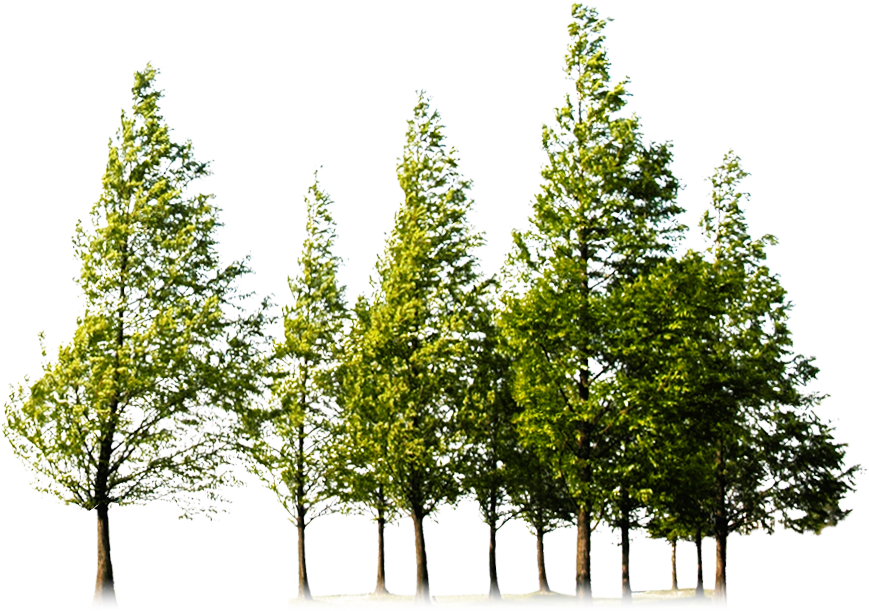
This image has format transparent PNG with resolution 869x611.
You can download this image in best resolution from this page and use it for design and web design.
Forest PNG with transparent background you can download for free, just click on download button.
A forest is an area of land dominated by trees. Hundreds of definitions of forest are used throughout the world, incorporating factors such as tree density, tree height, land use, legal standing, and ecological function. The United Nations' Food and Agriculture Organization (FAO) defines a forest as, "Land spanning more than 0.5 hectares with trees higher than 5 meters and a canopy cover of more than 10 percent, or trees able to reach these thresholds in situ. It does not include land that is predominantly under agricultural or urban use." Using this definition, Global Forest Resources Assessment 2020 (FRA 2020) found that forests covered 4.06 billion hectares (10.0 billion acres; 40.6 million square kilometres; 15.7 million square miles), or approximately 31 percent of the world's land area in 2020.
Forests are the predominant terrestrial ecosystem of Earth, and are distributed around the globe. More than half of the world's forests are found in only five countries (Brazil, Canada, China, the Russian Federation, and the United States of America). The largest share of forests (45 percent) are in the tropical latitudes, followed by those in the boreal, temperate, and subtropic domains.
Forests account for 75% of the gross primary production of the Earth's biosphere, and contain 80% of the Earth's plant biomass. Net primary production is estimated at 21.9 gigatonnes of biomass per year for tropical forests, 8.1 for temperate forests, and 2.6 for boreal forests.
Forests at different latitudes and elevations, and with different precipitation and evapotranspiration form distinctly different biomes: boreal forests around the North Pole, tropical moist forests and tropical dry forests around the Equator, and temperate forests at the middle latitudes. Areas at higher elevations tend to support forests similar to those at higher latitudes, and the amount of precipitation also affects forest composition.
Almost half the forest area (49 percent) is relatively intact, while 9 percent is found in fragments with little or no connectivity. Tropical rainforests and boreal coniferous forests are the least fragmented, whereas subtropical dry forests and temperate oceanic forests are among the most fragmented. Roughly 80 percent of the world's forest area is found in patches larger than 1 million hectares (2.5 million acres). The remaining 20 percent is located in more than 34 million patches around the world – the vast majority less than 1,000 hectares (2,500 acres) in size.
Human society and forests influence each other in both positive and negative ways. Forests provide ecosystem services to humans and serve as tourist attractions. Forests can also affect people's health. Human activities, including unsustainable use of forest resources, can negatively affect forest ecosystems.
In this page you can download free PNG images: Forest trees PNG images free download